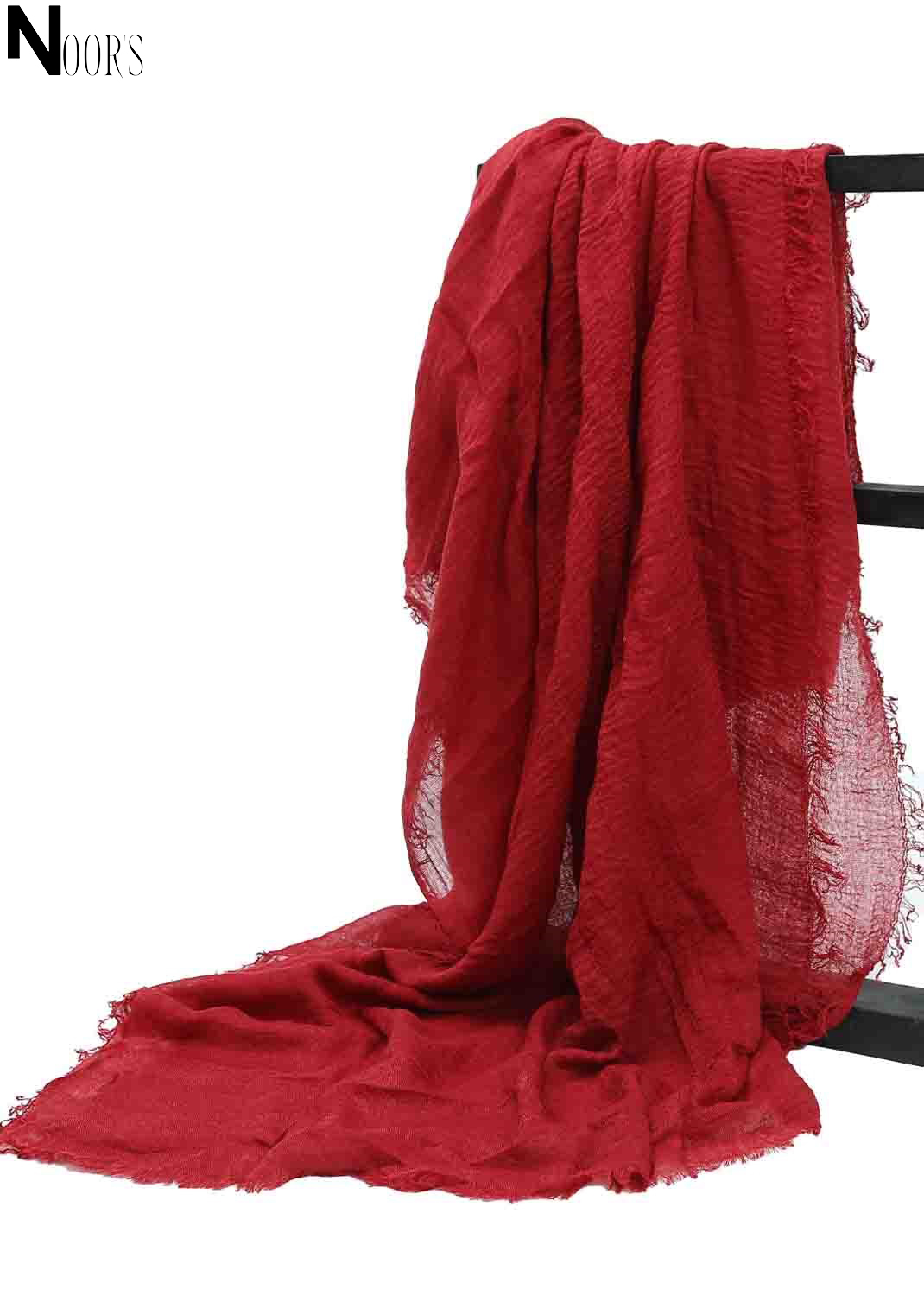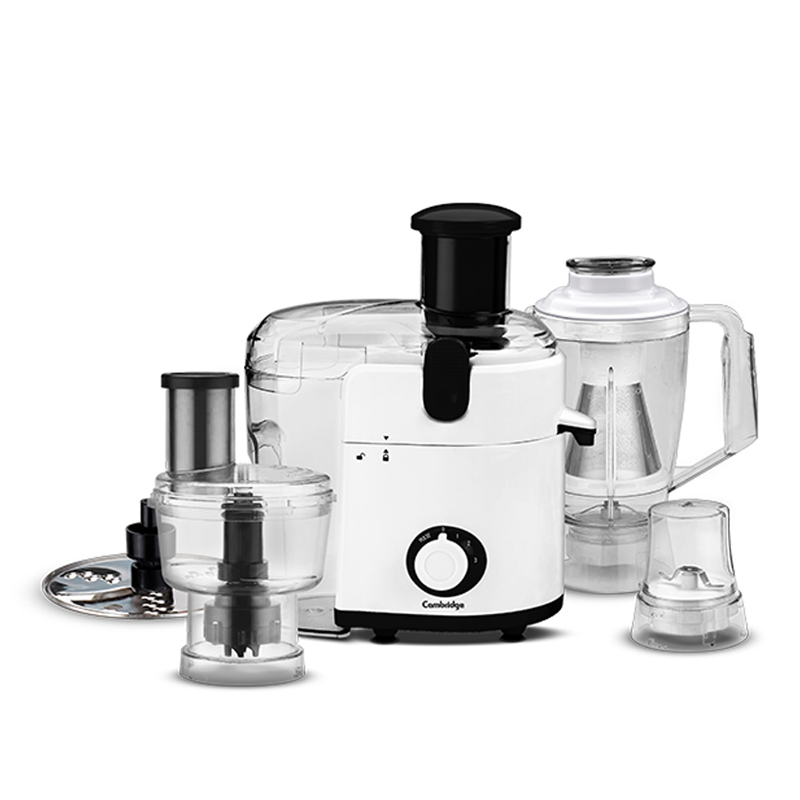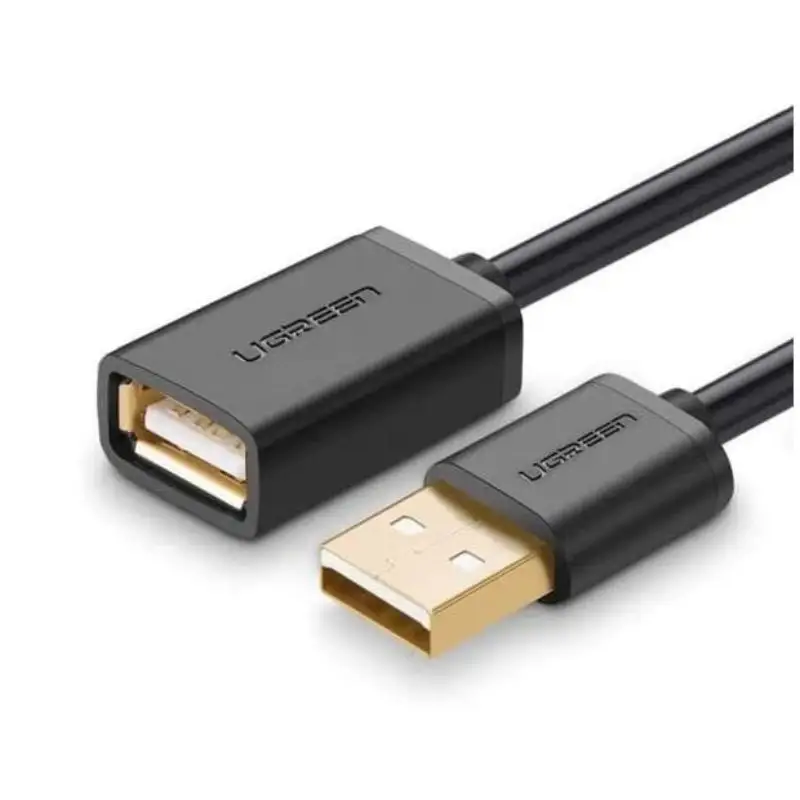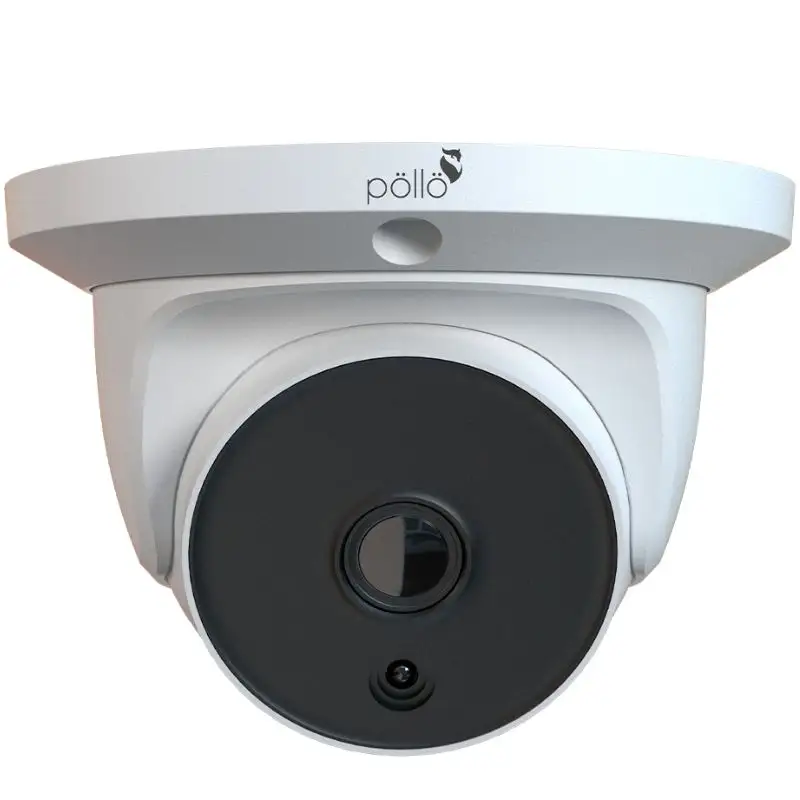**1. Hijab Cap:
- Material: The hijab cap is typically made of soft, stretchable, and breathable fabric. Common materials include cotton, jersey, or a blend of fabrics for comfort.
- Design: It is designed as an underscarf, snugly fitting around the head. Some designs include ties or strings for secure fastening, while others are pull-on tube-like caps.
- Functionality: The primary purpose of the hijab cap is to cover the hair completely, ensuring that no strands are visible. It provides a foundation for the hijab or niqab to sit securely on the head.
2. Saudi Niqab:
- Coverage: The Saudi niqab is a face veil that covers the lower portion of the face, leaving only the eyes exposed. It typically extends from the bridge of the nose to the lower part of the face.
- Construction: Niqabs are commonly made from lightweight and breathable fabric, allowing for comfort in hot climates. They may include an additional layer, known as a "batula," covering the forehead and top of the head.
- Attachment: The niqab is secured to the head with an attached headband or ties. It is carefully designed to stay in place while providing the desired coverage.
3. Combined Features:
- Seamless Integration: The hijab cap and Saudi niqab are often integrated seamlessly, ensuring a unified and consistent appearance.
- Secure Fit: The hijab cap provides a secure base for the niqab, preventing it from slipping or shifting during wear.
- Modesty: Together, the hijab cap and niqab fulfill the requirements of Islamic modesty by covering the hair and concealing the lower part of the face, in accordance with cultural and religious norms.
- Variety: Both the hijab cap and niqab come in various styles, colors, and designs, offering women the flexibility to express personal style within the framework of cultural and religious guidelines.
4. Personal Choice:
- Cultural Significance: The combined hijab cap and Saudi niqab are often associated with the cultural and religious practices of Saudi Arabia, reflecting local traditions and beliefs.
- Individual Preference: It's important to note that the decision to wear these garments is a personal one. Women may choose to wear them for reasons ranging from religious observance to cultural identity and personal comfort.
In summary, the hijab cap attached to a Saudi niqab represents a thoughtful integration of garments that cater to both modesty and comfort, while allowing for individual expression within the framework of cultural and religious practices.
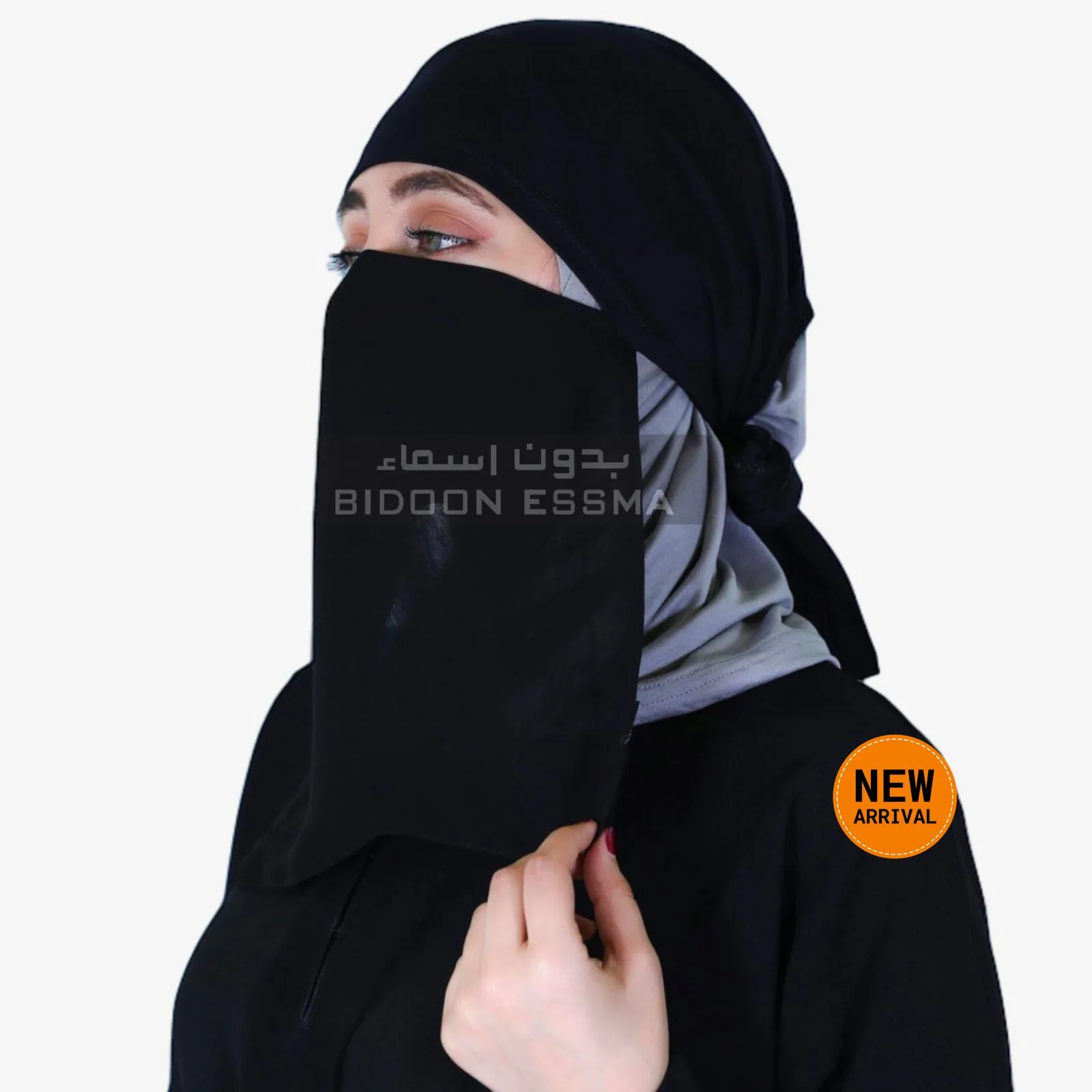
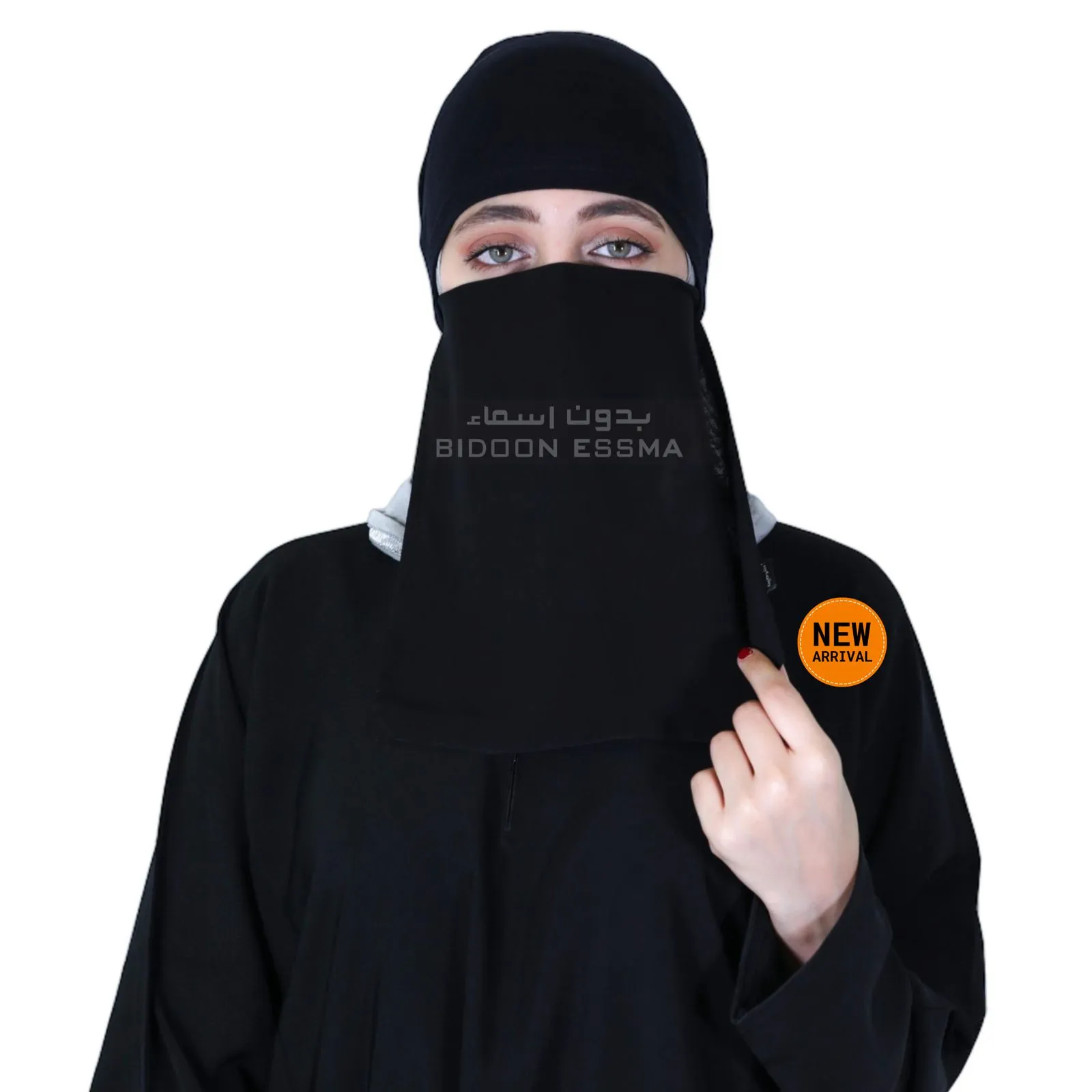
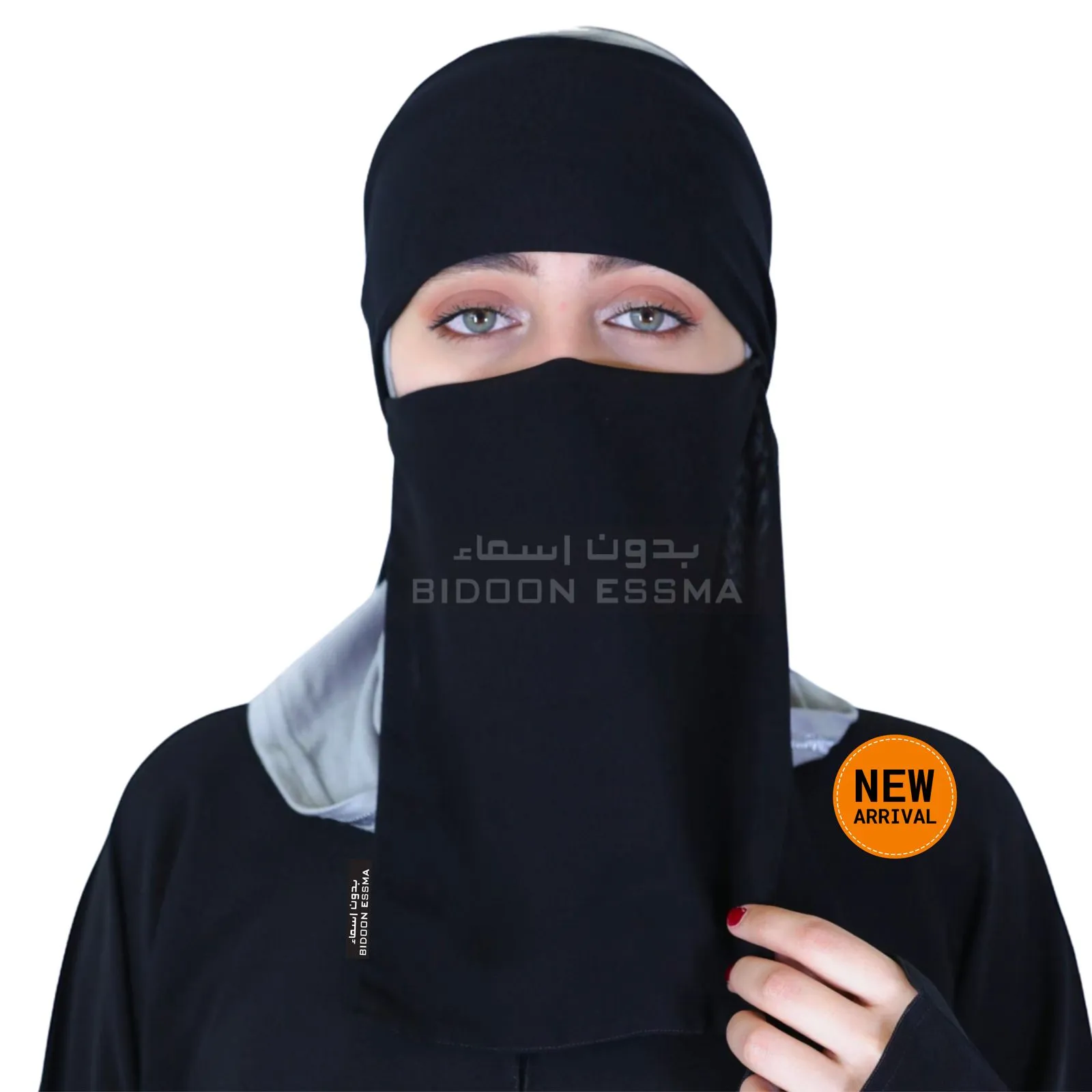

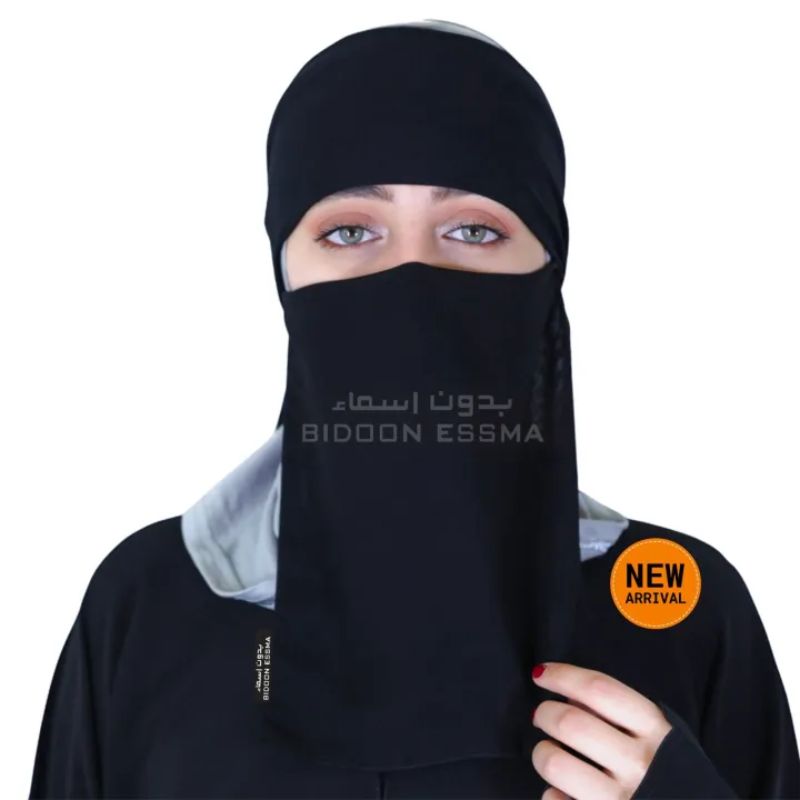

 Original store product
Original store product.png) 100% trusted shop
100% trusted shop
.png)
.png)






